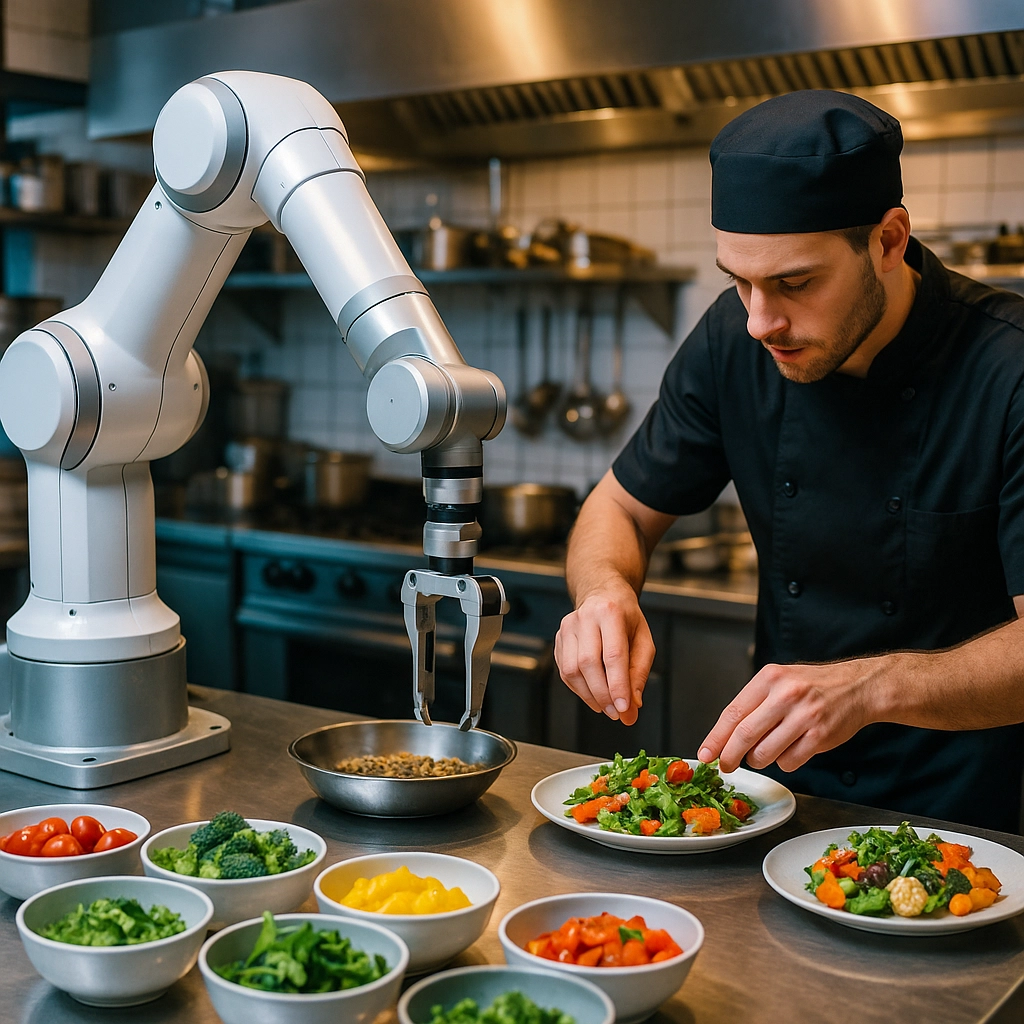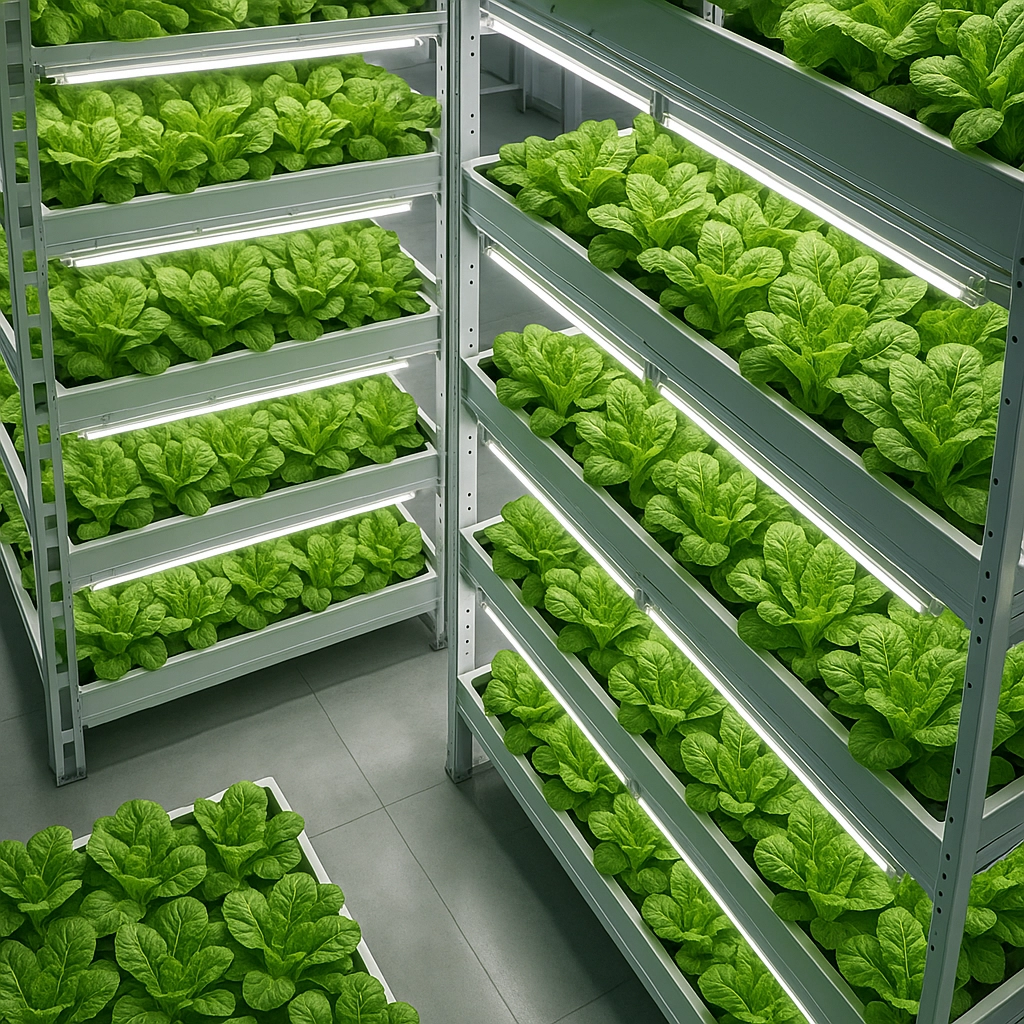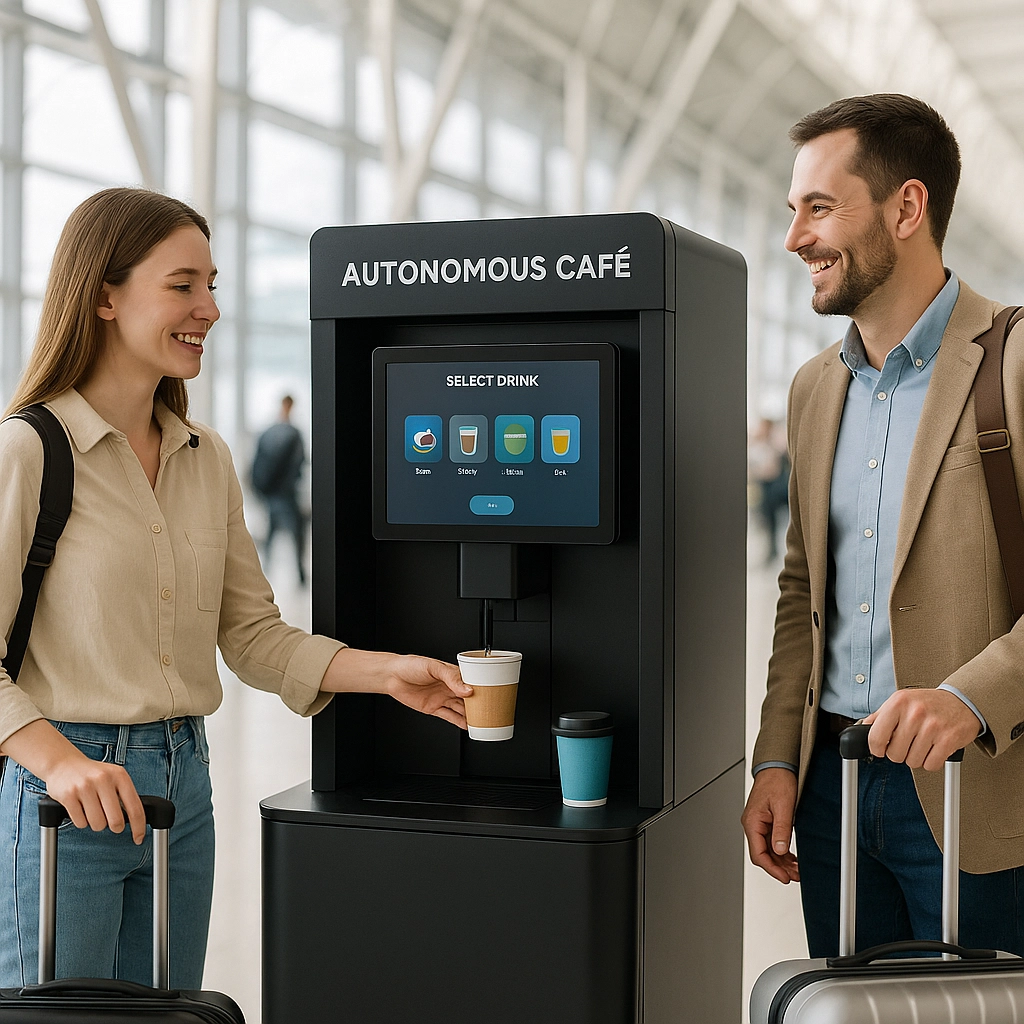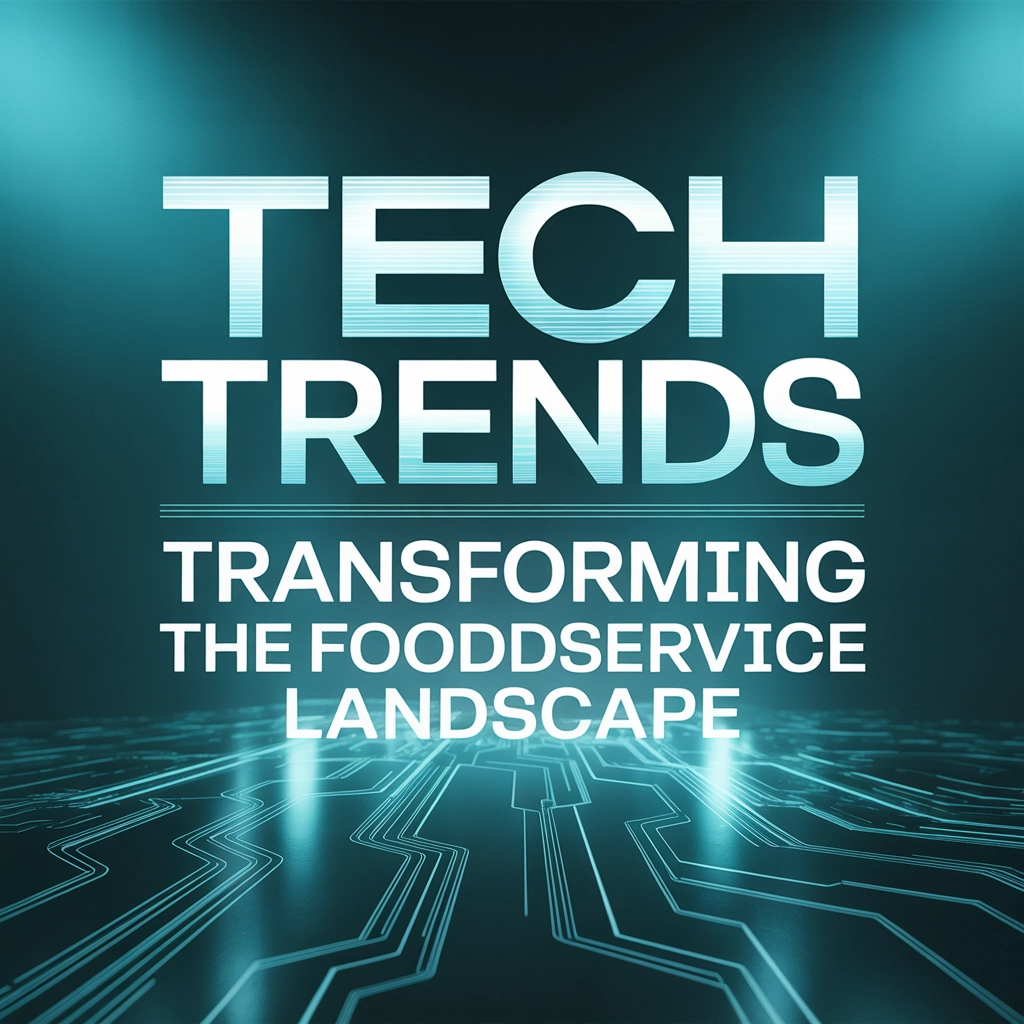The foodservice industry sits at a defining crossroads, as technology continues to reshape how businesses operate, connect with customers, and elevate both back-of-house and front-of-house experiences. In an environment marked by rapidly changing consumer expectations and operational challenges, staying ahead of the curve has never been more crucial. This article dives into the core technology trends—AI, automation, IoT, sustainability, modern infrastructure, and next-gen food production—driving food & beverage's next big leap.
AI-Powered Personalization: Catering for the Individual
Artificial intelligence (AI) has evolved from a buzzword into a foundational technology for forward-thinking restaurants and hospitality groups. The push for hyper-personalized dining means operators must know their guests better than ever. AI-driven platforms now process vast swathes of guest data—from previous orders and allergies to nuanced patterns like mood and time-of-day preferences.
Mobile apps and in-store kiosks leverage machine learning to make tailored dish suggestions, promote relevant upsells, and even anticipate dietary restrictions, building stronger customer loyalty and increasing check averages. Behind the scenes, AI also supports management, helping forecast demand, optimize labor scheduling, and inform dynamic pricing strategies. This shift doesn’t just improve the guest experience—it boosts margins and resource allocation in a tight labor market.
For more on innovations reshaping the front- and back-of-house experience, see Behind the Scenes with Innovative Chefs: Labor Cost Solutions.
Automation and Robotics Redefine Restaurant Operations
Labor shortages and a relentless drive for consistency are pushing restaurants to embrace automation at unprecedented speed. Robotic arms—also called "co-bots"—are making their way into kitchens, where they tackle repetitive prep work, fry foods, and even assemble salads. Unlike completely autonomous machinery, co-bots work alongside staff, amplifying productivity without eliminating the human touch.

One standout example is robotic makelines, which streamline assembly of digital orders. These platforms reduce order errors, speed up throughput, and allow staff to focus on hospitality. Restaurants investing in these solutions report smoother workflows, happier employees, and increased capacity to take on high-volume periods without sacrificing quality.
Skeptical of robots in the kitchen? Remember: automation isn’t about replacing people, but equipping teams to do their best work.
IoT and Smart Infrastructure Build Real-Time Command Centers
Smart kitchens are no longer futuristic—they’re a present-day necessity. Thanks to the Internet of Things (IoT), connected sensors, and edge computing, operators can monitor inventory, equipment performance, and food safety in real time.
Sensors throughout kitchens can detect temperature anomalies, alert managers when walk-in doors are left open, or schedule predictive maintenance before breakdowns occur. IoT-driven systems enable businesses to minimize waste, reduce downtime, and bolster food safety compliance.
Of course, smart tech also brings new challenges: integration with legacy equipment, cybersecurity threats, and change management. The benefits of immediate data insights, however, far outweigh the growing pains. As these technologies mature, expect even small- and mid-sized operators to embrace smarter kitchens as industry-standard.
Read more about connected kitchens and foodservice tech upgrades at Food & Beverage Magazine.
Digitization and Food Production Innovation
Data now plays a starring role from farm to fork. The digitization of food production—tracking everything from crop status to shipment conditions—enables operators to optimize quality at every stage. Advances like blockchain traceability, 3D food printing, and vertical farming are leading the charge. 
Vertical farms produce more food with fewer resources, reducing transportation and carbon output. Meanwhile, 3D printers allow for creative plating and customizable textures, offering chefs powerful new tools to innovate and delight. Cellular agriculture, which produces real animal proteins from cell cultures, is another major disruptor, paving the way for ethical alternatives to traditional meat.
These tech-enabled production methods not only appeal to sustainability-focused consumers but also make supply chains more resilient to global disruptions.
Sustainability-Driven Technologies Take Center Stage
Consumers increasingly expect restaurants to be active stewards of the environment. As a result, sustainability-oriented technologies are finding their way into everything from dishware to energy systems. Platforms that help minimize food waste through smart forecasting, composting robotics, and optimized refrigeration are gaining ground.
Plant-based alternatives and lab-grown proteins are proliferating, driven by health and environmental concerns. There’s a strong demand for options that balance flavor, nutrition, and carbon footprint. Whether by integrating upcycled ingredients or using green packaging solutions, brands are meeting guest expectations while reducing operational costs.
Industry leaders focused on sustainability are creating competitive advantages—attracting eco-conscious guests, easing regulatory compliance, and protecting their bottom line.
If you're interested in sustainable beverage trends, check out Caliwater: A Leader in Plant-Based Hydration Beverages.
Autonomous Operations: The Self-Driving Restaurant Arrives
The rise of autonomous restaurants—where ordering, paying, and food pickup can all happen without human interaction—marks a genuine shift in how consumers interact with foodservice brands. These venues utilize AI-powered machines and smart systems to process orders, customize dishes, and quickly deliver complete meals with minimal staff intervention. 
Compact, kiosk-based models offer millions of beverage or meal combinations within tiny footprints, meeting airport, stadium, and urban needs. This frictionless, touchless model resonates with on-the-go and tech-centric diners, and reduces overhead costs significantly.
Autonomous operations are here to stay—and savvy operators are studying their models to inspire efficiencies within traditional setups.
Infrastructure for Tomorrow: Overcoming Barriers and Building Integrations
Integrating advanced tech requires serious investment in IT and operational infrastructure. POS and back-office systems must harmonize with AI, robotics, and IoT deployments for seamless workflows. Data security becomes paramount, with robust protocols needed to protect sensitive guest and business information.
Companies succeeding in this space champion flexible, cloud-based platforms able to grow with new tech advances, while prioritizing staff training and change management strategies. Businesses should seek solutions that offer interoperability, scalability, and the ability to leverage rich, real-time data as a decision-making superpower.
For further industry trends and leadership insights, browse our latest coverage at Food & Beverage Magazine.
The Takeaway:
The future of foodservice is data-driven, frictionless, and adaptive. Restaurants and hospitality professionals who invest in AI, automation, IoT, sustainable technologies, and robust infrastructure are setting themselves up not just to survive—but to lead the next era of hospitality. The only constant is change. Embrace the possibilities now, and turn tech trends into tomorrow’s competitive edge.
What technologies are transforming your business? Let us know in the comments or connect with us at Food & Beverage Magazine.
Written by Michael Politz, Author of Guide to Restaurant Success: The Proven Process for Starting Any Restaurant Business From Scratch to Success (ISBN: 978-1-119-66896-1), Founder of Food & Beverage Magazine, the leading online magazine and resource in the industry. Designer of the Bluetooth logo and recognized in Entrepreneur Magazine's “Top 40 Under 40” for founding American Wholesale Floral. Politz is also the founder of the Proof Awards and the CPG Awards and a partner in numerous consumer brands across the food and beverage sector.






